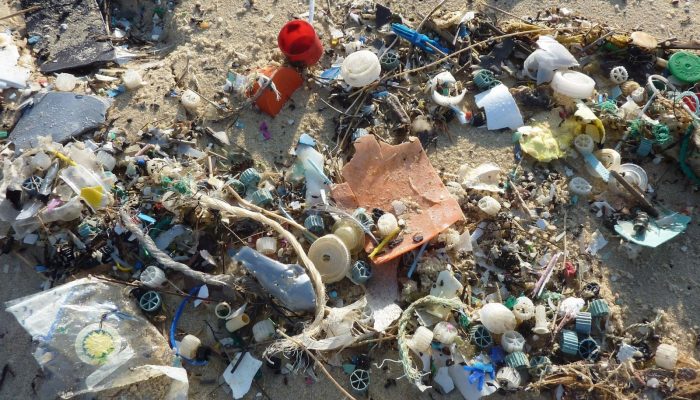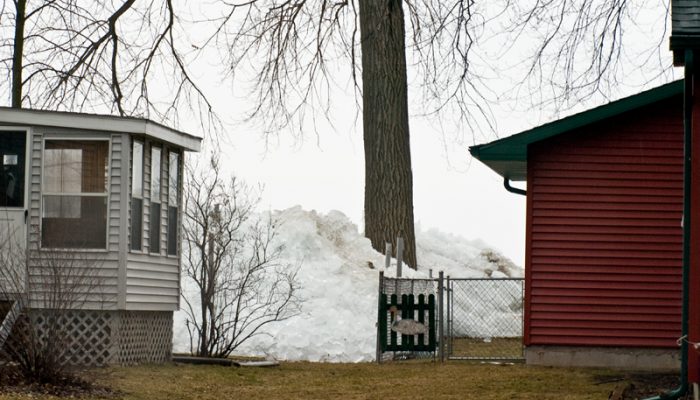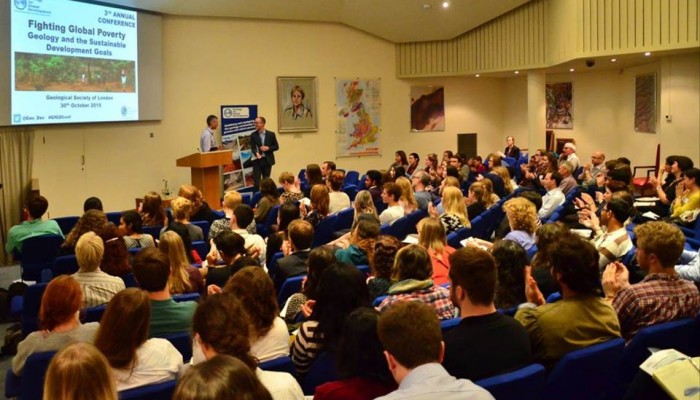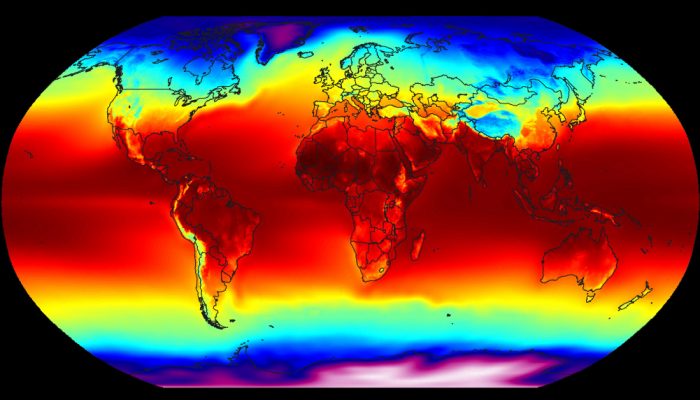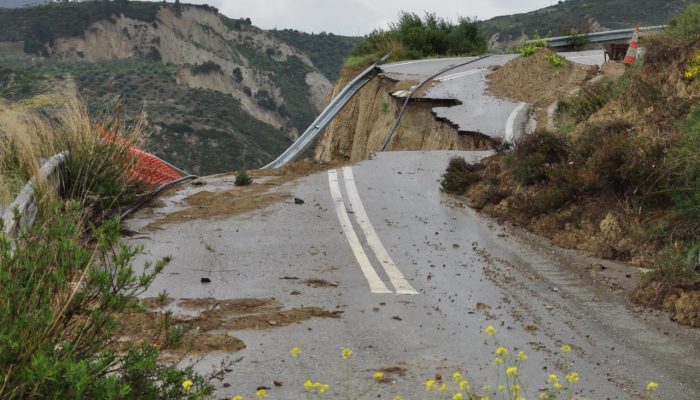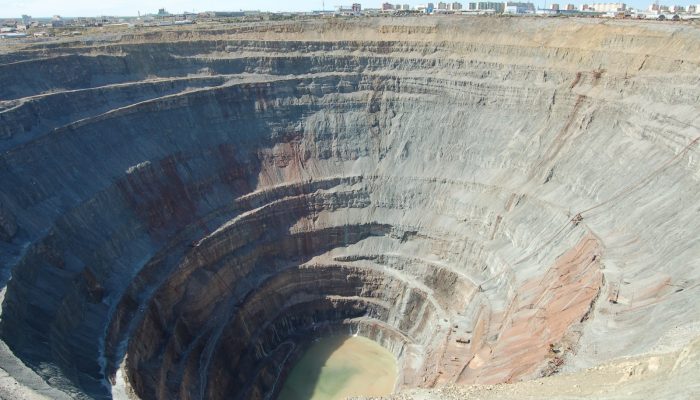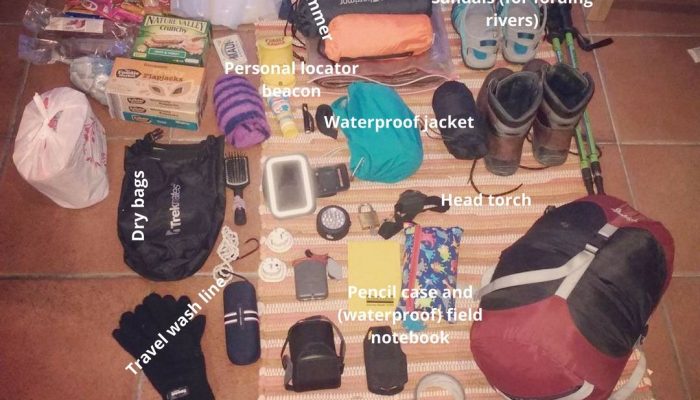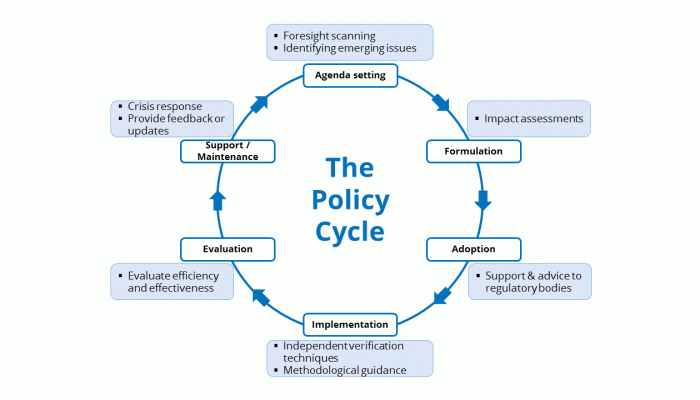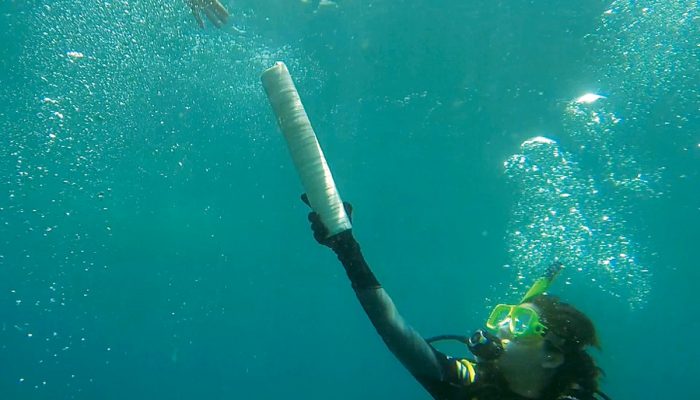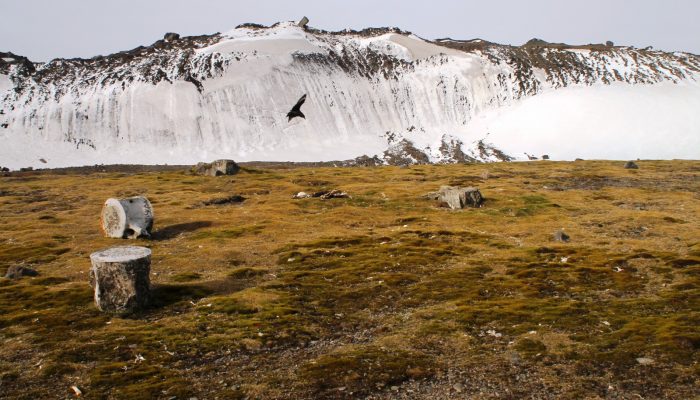Geotalk is a regular feature highlighting early career researchers and their work. In this interview we speak to Erik van Sebille, an oceanographer at the Grantham Institute at Imperial Collage London, and winner of the 2016 OS Outstanding Young Scientist Award. As an expert in understanding how oceans transport all kinds of materials, from water and heat through to plastics, Erik has gained detai ...[Read More]
Cryospheric Sciences
Image of the Week — ice tsunamis !
“Tsunami“ is a word that became world famous after the so-called Christmas tsunami in 2004, when enormous waves hit the shores around the Indian Ocean with disastrous consequences for countries such as Sri Lanka, Thailand, Somalia and many others. But did you know that tsunamis can be icy? An ice tsunami is one of the many names associated with ice shoves (or ivu, shore ice override, i ...[Read More]
Geology for Global Development
4th GfGD Annual Conference – Geology and the SDGs (Registration Open)
Registration for the next GfGD Annual Conference is now open! 4th GfGD Annual Conference – Geology and the Sustainable Development Goals Friday 4th November 2016 (registration open from 9.45 am, for a 10.20 am start), hosted and supported by the Geological Society of London (Burlington House, Piccadilly, London). Register here: http://gfgdconference2016.eventbrite.co.uk/ (£5 students/unwaged ...[Read More]
Tectonics and Structural Geology
Minds over Methods: Numerical modelling
Minds over Methods is the second category of our T&S blog and is created to give you some more insights in the various research methods used in tectonics and structural geology. As a numerical modeller you might wonder sometimes how analogue modellers scale their models to nature, or maybe you would like to know more about how people use the Earth’s magnetic field to study tectonic processes. ...[Read More]
GeoLog
Imaggeo on Mondays: The road to nowhere – natural hazards in the Peloponnese
The Gulf of Corinth, in southern Greece, separates the Peloponnese peninsula from the continental mainland. The structural geology of the region is complex, largely defined by the subduction of the African Plate below the Eurasian Plate (a little to the south). The Gulf itself is an active extensional marine basin, i.e., one that is pulling open and where sediments accumulate. Sedimentary basins r ...[Read More]
Energy, Resources and the Environment
The Scorpion and the… Trees: Surface mining (im)practical implications
The Scorpion and the Frog. This old tale, which was first documented by the movie Mr. Arkadin by Orson Welles, reports a scorpion that wants to cross a river… and asks a frog for a ride. Embarking on a lose-lose situation, both the frog and the scorpion are doomed in the tale. Dramatic, this fable severely resembles how humans conduct their quest for resource extraction. Surface mining, a pa ...[Read More]
GeoLog
What is in your field rucksack? Camping in Iceland
Inspired by a post on Lifehacker on what your average geologist carries in their rucksack/backpack, we’ve put together a few blog posts showcasing what a range of our EGU members carry in their bags whilst in the field! Beautiful, eyrie, the land where fire meets ice: Iceland. An Earth scientist’ dream, complete with lava, volcanoes, earthquakes, impossible landscapes, ice, snow, the ocean…Iceland ...[Read More]
GeoLog
GeoPolicy: Science and the policy cycle
One way to improve the impact of your scientific research is to engage with policy. Doing so can create new opportunities for yourself and your research. The main challenges are knowing when and how to effectively communicate scientific results to policy. If the wrong timing or communication method is chosen then results are less likely to be incorporated into the policy process. This month’s GeoP ...[Read More]
GeoLog
Imaggeo on Mondays: what corals can tell us about past climate change
Reconstructing past climates is a tricky task at the best of times. It requires an ample data set and a good understanding of proxies. Add into the mix some underwater fieldwork and the challenge got a whole lot harder! In today’s Imaggeo on Monday’s post, Isaac Kerlow explains how information locked in corals can tell the story of past climates and how important it is, not only to carry out the r ...[Read More]
GeoLog
Geosciences Column: A new rock outcrop map and area estimation for the entire Antarctic continent
Antarctica has been known as “the frozen continent” for almost as long as we have known of its existence. It may be the only place on Earth where, instead of information on the extent of glaciers or ice caps, there exists a dataset of all non-icy areas compiled from satellite imagery. However, this repository is far from perfect: while satellite resolution and coverage have been steadily improving ...[Read More]

